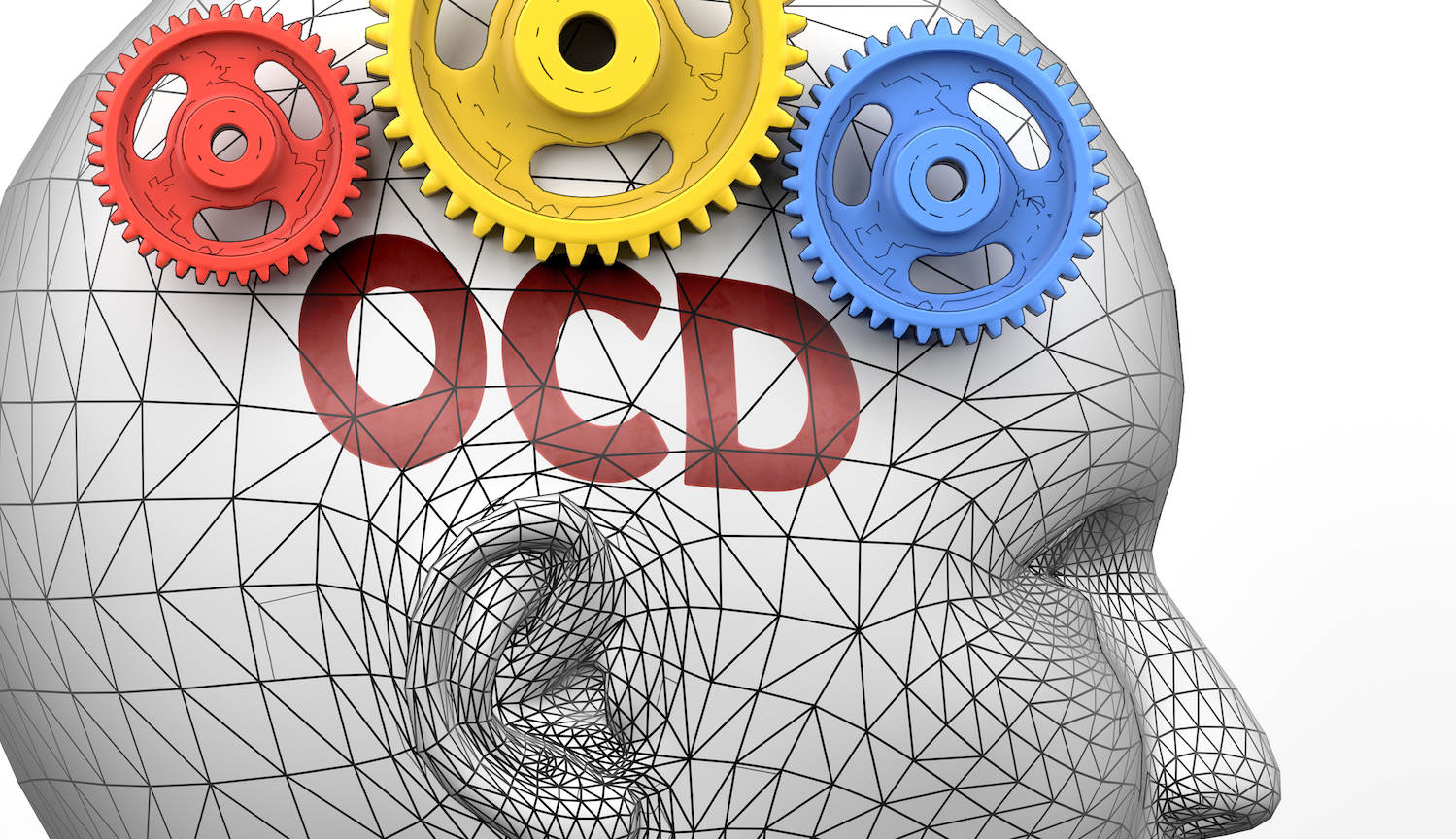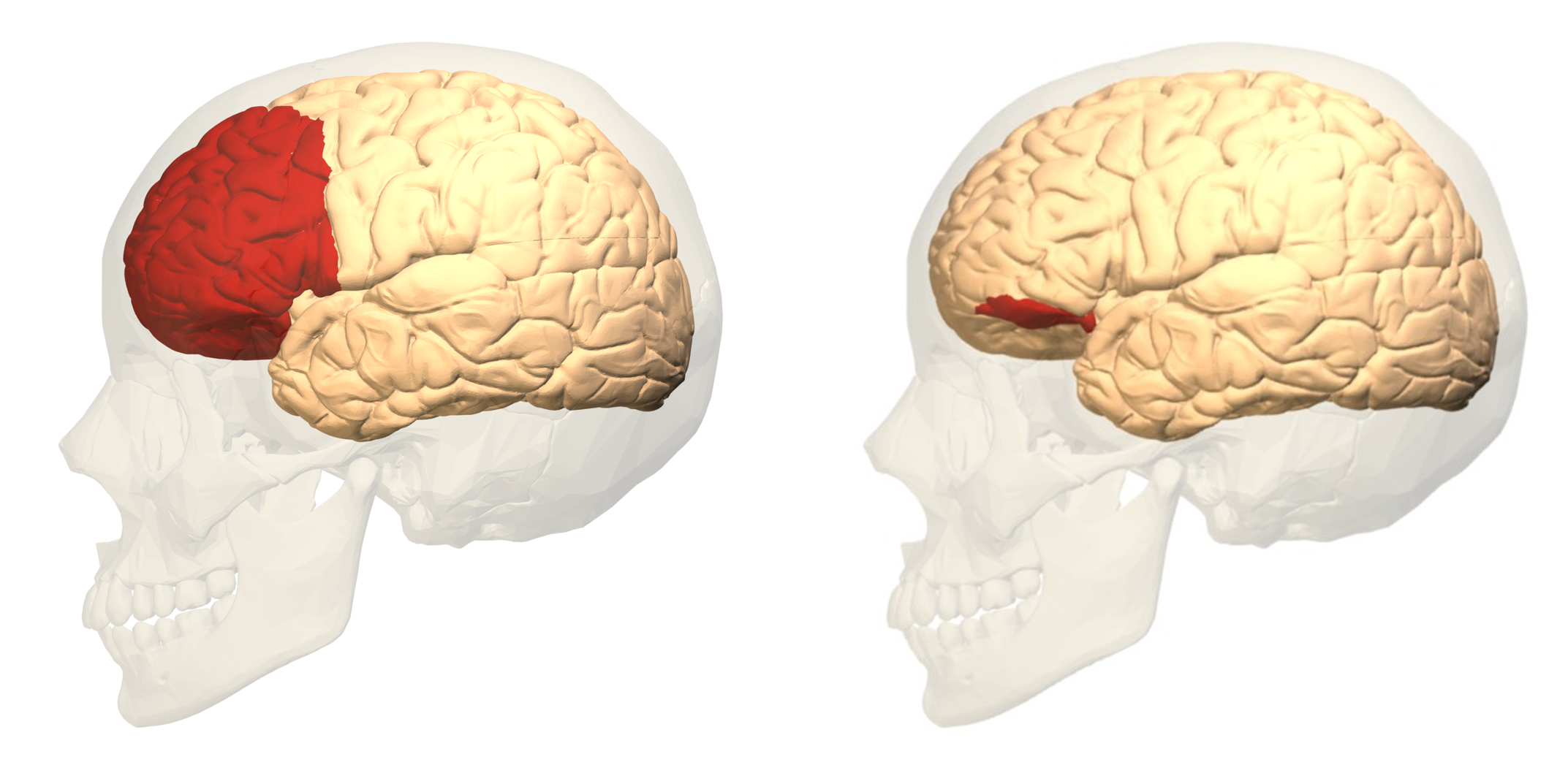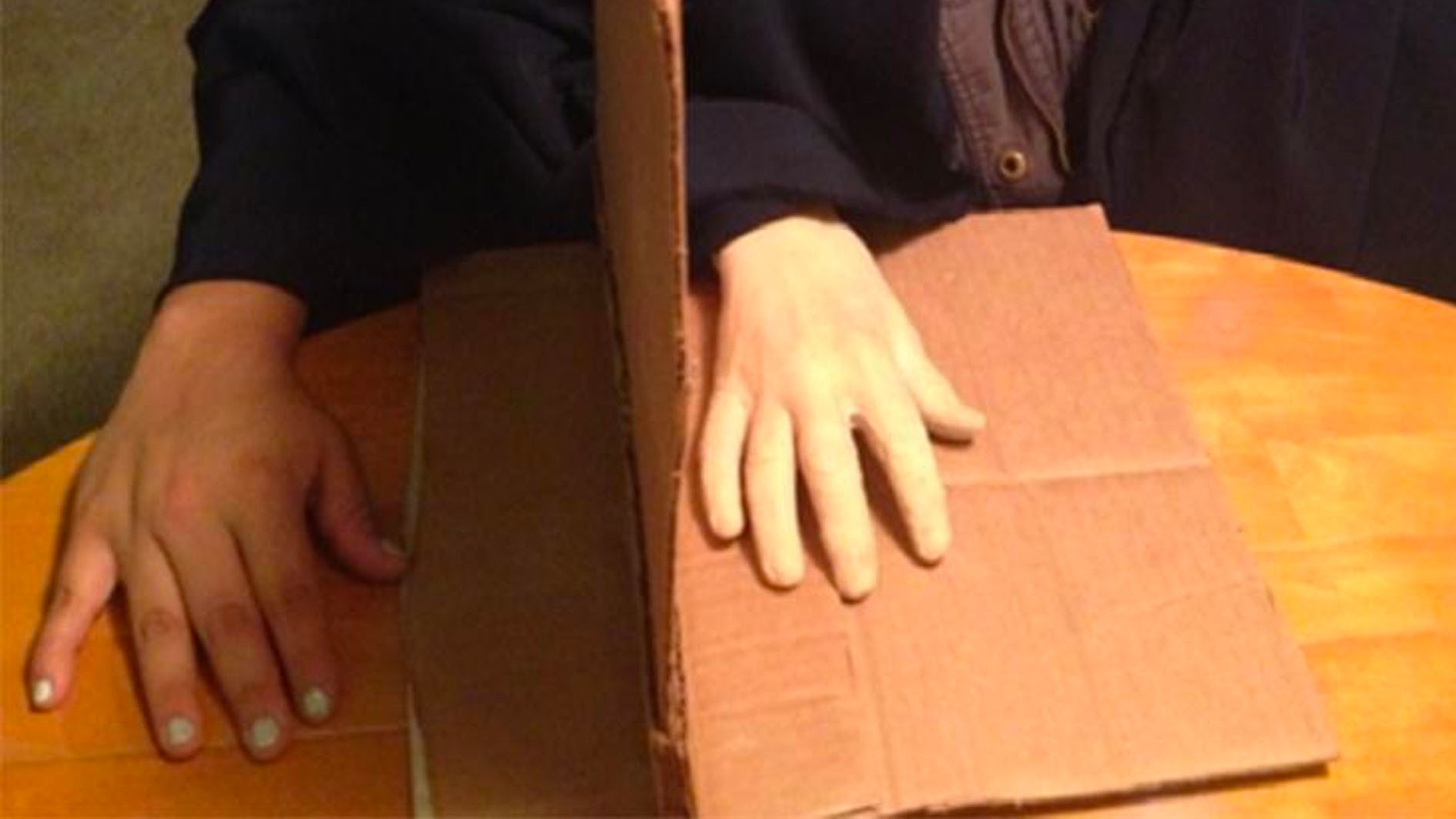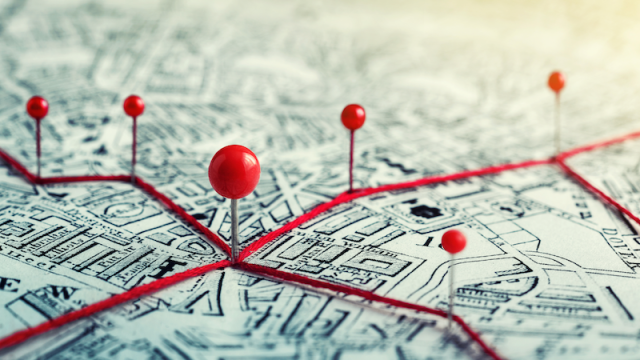Could ultrasound blasts treat OCD and addiction?

- When an animal discovers a reward, its brain constructs a “credit assignment” — an association of the reward with the specific events that led to the reward.
- Individuals with psychiatric disorders, such as OCD or addiction, have unhealthy credit assignment processes.
- Scientists found ultrasonic stimulation can modulate both brain activity and behaviors related to these credit assignment processes in macaque monkeys.
You’ve just nailed a job interview, and you’re thrilled. While you celebrate, your brain has an important decision to make: what gets credit for this successful outcome? Was it because you spent the last couple days preparing for the interview? Or maybe because you plucked exactly three eyebrow hairs before the interview? Or maybe it was the quick bump of cocaine. If credit is assigned incorrectly, your next interview might not go well.
Credit assignment plays a major role in a variety of psychiatric disorders. Individuals with OCD or addiction believe engaging in certain rituals or consuming certain drugs is required to gain a reward or positive outcome. As a result, it is difficult for the individual to investigate other options for acquiring the reward. In other words, if the subconscious believes plucking a certain number of eyebrow hairs or doing cocaine is the key to having a good interview, it isn’t going to want to put the energy into exploring other options.
For the first time, scientists have shown they can use sound waves to temporarily shut down credit assignment, effectively causing monkeys to explore new avenues for rewards.
Healthy credit assignment produces faster rewards
When an animal enters an unfamiliar environment, it explores the surroundings randomly until an unexpected reward is found. That “environment” can be relatively simple (a new region of a jungle), or it might be something more metaphysical (such as the world of job interviews). Regardless, when an animal encounters a reward in these environments, it will gradually learn which decisions produce the reward. To do this, the brain constructs a “credit assignment” — an association between a specific reward and the specific event(s), such as a particular choice, that led to the reward.
Constructing a credit assignment is just one part of finding rewards in an environment. The second part is editing or even abandoning a credit assignment when specific events stop leading to a reward. For example, if your next interview went poorly, your brain might explore other pre-interview decisions: instead of doing cocaine, it suggests eating a healthy breakfast. Essentially, your brain is exploring the “world of job interviews” for alternative behaviors that might result in a successful outcome.
According to previous research, a small segment of the prefrontal cortex — the brain region implicated in planning complex cognitive behavior and decision making — is linked to credit assignment. A research group at the University of Oxford hypothesized that disrupting that small segment (called “47/12o”) would prevent the animal from consulting established credit assignment models. Without credit assignments to direct its decisions, the animal would return to its instinct to explore.

To disrupt 47/12o, the scientists blasted the brain region with ultrasound, which has been shown to temporarily disrupt neuron activity. To determine the effect of ultrasonic stimulation on credit assignment, the scientists needed animals (four macaque monkeys), a reward (two drops of Ribena blackcurrant juice), and an environment (a computer screen). At first glance, it seems the scientists created a simple environment: the monkey would simply press a button for a squirt of juice. However, while it certainly isn’t the jungles of Sri Lanka, the scientists did a remarkable job mimicking the clever nuances of the real world.
The juice button doesn’t always give juice
In the real world, there are decisions to be made before one can acquire fruit: Do I climb the tree with big yellow leaves? Or do I climb the tree with small, slightly green leaves? To mimic real world “options,” the monkeys were presented with two buttons, and they needed to learn which button gives the juice when pressed. But decisions are rarely easy.
When constructing a credit assignment, it is important for an animal to distinguish between decisions that result in a “likely reward” from decisions that result in an “unlikely reward.” That is to say, one may climb a fruit tree but find no fruit. On the other hand, one may also climb a non-fruiting tree and find a fruit. To mimic real world “chance,” one of the buttons had a high probability of giving juice, whereas the other button had a low probability. In other words, pressing the “juice” button didn’t always give the monkey any juice, and pressing the “no juice” button sometimes did give the monkey a squirt of juice.
When editing or abandoning a credit assignment, an animal needs to recognize that the environment changes, and thus behavior will need to adapt to those changes. For example, even the most generous fruit-producing tree cannot produce fruit forever, and even trees that were once barren can flourish with fruit. So to simulate real world “changes,” the high-probability button gradually gave juice less often, and the low-probability button gradually gave juice more and more often.
The researchers hypothesized that stimulating 47/12o with ultrasound would disrupt its ability to construct a new credit assignment, and the monkeys would remain in the exploratory phase of their learning process.
Ultrasonic stimulation of 47/12o promotes exploration
First, the scientists wanted to ensure the monkey had a healthy credit assignment function, so they let the monkey explore the “environment” before disrupting 47/12o. At first, they indiscriminately pressed both buttons. However, they quickly learned which button was more likely to result in juice and primarily pressed that button. The monkeys’ brains had constructed a credit assignment.
Over time, as that button produced juice less often, the monkey began pressing the other button. Essentially, it abandoned its established credit assignment model and began exploring other paths that might lead to a reward.
Then, the scientists targeted 47/12o with ultrasonic blasts. Their hypothesis was correct; the monkey did not favor either button. Instead, the monkeys were unable to construct a credit assignment, and they remained in the exploratory phase of their learning process.
Could ultrasound treat OCD?
“The really interesting finding in this study is not only discovering where certain decision-making activities take place, but also how neuromodulation can change these and associated behaviors. We hope that this can pave the way to new studies in humans, particularly in patients experiencing mental health issues,” said the authors of the study.




